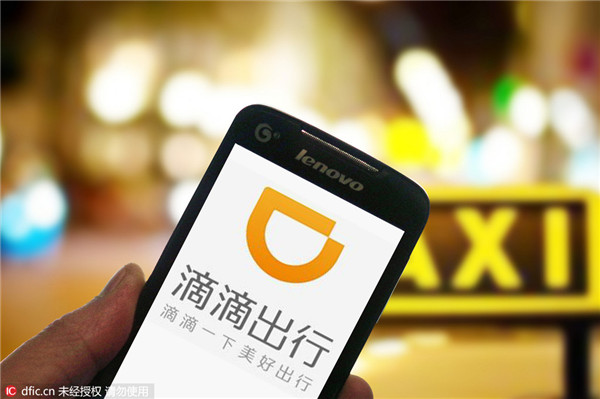Local governments seeking to protect interests in keeping taxi monopolies
(China Daily) Updated: 2016-08-30 07:23
 |
|
A Chinese mobile phone user uses the taxi-hailing and car-service app Didi Chuxing on his Apple iPhone smartphone in Jinan city, east China's Shandong province, Feb 22, 2015. [Photo/IC] |
About one month after the central government legalized ride-hailing services, one province after another has issued detailed regulations on them. Beijing News comments:
When people need a taxi service, why do an increasing number choose to use a ride-hailing app, instead of waiting for a taxi by the roadside? The reason is simple: the app-called cabs are cheaper and more convenient.
The popularity of the ride-hailing apps is a good example of the flourishing internet-based economy. However, by breaking the monopoly of the taxi companies, they challenge the interests of local bureaucrats. That's why many local governments have sought to ban them.
That attitude should have perished with the central government's new regulation legalizing the services. But the new regulation has left too many spaces for local governments to still control, even curb, app-called cabs.
For example in Lanzhou, capital of Northwestern China's Gansu province, the local government has limited the total number of app-called cabs to about 3,000, while there were about 10,000 such cars operating in the city.
Besides, with 10,000 cars competing with each other for 3,000 government-issued licenses, there is space for corruption as the officials deciding which car get a license might be offered bribes.
Such a situation is highly possible as two local traffic management officials have already been found guilty of accepting bribes in the process of issuing taxi licenses.
It is time for local governments to adopt some new thinking.
More importantly, the central government must apply ample pressure so that they do not defend the interests of their supported monopolies.
- Taxi industry under pressure to find a new direction
- State Council issues guideline for taxi industry development
- Baotou launching Inner Mongolia's first official taxi-hailing app
- Should we be hailing the rise of taxi apps?
- End of the road for the 'taxi-driver village'?
- Taxi drivers stage violent anti-Uber protest
- Suzhou to scrap taxi franchise fees












